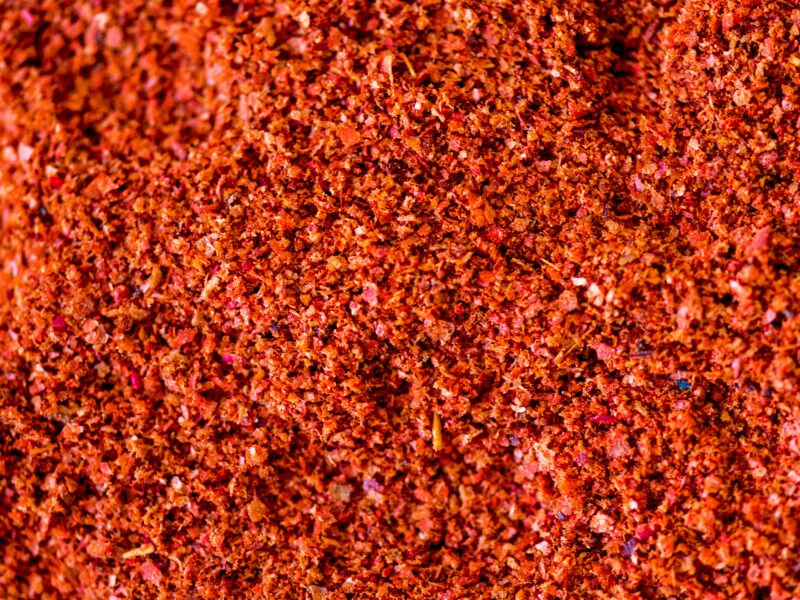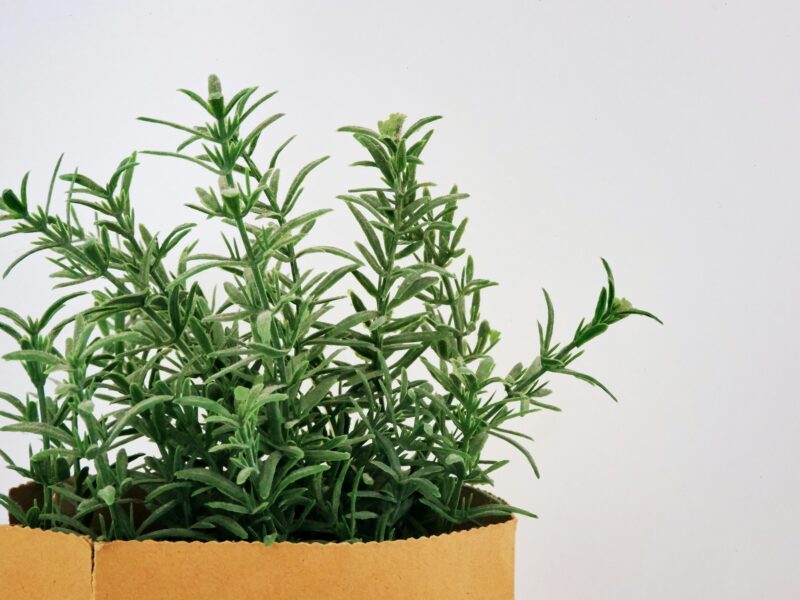Nutmeg is a spice known for its warm, nutty, and slightly sweet flavor. It enhances both sweet and savory dishes, making it a staple in kitchens worldwide. Whether used in holiday baking, creamy sauces, or spiced beverages, nutmeg adds a distinctive depth that elevates recipes. But where does nutmeg come from, and what can you pair it with?
Origin and cultivation of nutmeg
Nutmeg comes from the evergreen tree Myristica fragrans, native to the Spice Islands (Maluku Islands, Indonesia). This tropical tree produces both nutmeg (the seed) and mace (the reddish aril surrounding the seed), making it unique among spices. Today, the largest producers of nutmeg are Indonesia, Grenada, India, and Sri Lanka.
Harvest and processing:
- The fruit splits open when ripe, revealing the seed (nutmeg) and the aril (mace).
- Seeds are sun-dried for several weeks before being ground into a powder or sold whole.
- Whole nutmeg retains its potency longer than pre-ground versions.
What does nutmeg taste like?
Nutmeg has a complex flavor profile that makes it incredibly adaptable. It has a warm, slightly sweet flavor with nutty and earthy undertones. There is also a mild peppery note, with hints of clove and cinnamon. The spice is aromatic and rich, which makes it ideal for use in both sweet and savory dishes.
Flavor nuances
- Warm and slightly sweet with a nutty aroma
- Earthy and slightly peppery
- Pairs well with cinnamon, clove, and vanilla
Nutmeg substitutes – what can you use instead?
If you need a nutmeg substitute, try these options:
- Mace: From the same tree, milder and slightly citrusy.
- Cinnamon: Offers warmth but lacks nutmeg’s nutty complexity.
- Allspice: A blend of cinnamon, nutmeg, and clove flavors.
- Cloves: More intense, with a stronger spice profile.
Difference between whole nutmeg and ground nutmeg
Whole nutmeg has a longer shelf life and a stronger aroma when freshly grated, making it ideal for recipes that require a fresh, intense flavor. Ground nutmeg, while convenient, loses its potency faster and is best used for quick seasoning and spice blends.
How to use nutmeg in cooking
Nutmeg is a versatile spice that enhances both sweet and savory dishes. Its rich, aromatic qualities make it a popular ingredient in many global cuisines.
In baked goods and desserts:
- Pumpkin pie: A key ingredient in this classic American dessert.
- Custards and creamy puddings: Adds complexity and richness.
- Spiced cakes and cookies: Found in gingerbread and spice cakes.
In savory dishes:
- Creamy sauces: Essential in béchamel and Alfredo sauce.
- Mashed potatoes: Enhances creaminess with a subtle depth.
- Meat dishes: Complements ground meats in sausages and meatballs.
In beverages:
- Chai tea and spiced coffee: Brings a warming note.
- Hot chocolate: A pinch elevates the richness.
- Cocktails: Used in spiced rum and mulled wine.
- Pumpkin pie: A holiday classic with warm, spiced flavor
- Béchamel sauce: A subtle touch of nutmeg enhances creaminess
- Eggnog: A must-have ingredient for this festive drink
Cooking tips:
- ✔ Use whole nutmeg and grate fresh for the best flavor.
- ✔ A little goes a long way! Nutmeg is potent, so use sparingly.
- ✔ Pairs well with creamy, rich dishes and warm spice blends.
Where to buy nutmeg
Nutmeg is widely available in different forms. Ground nutmeg is commonly found in grocery stores, while whole nutmeg can be purchased at specialty stores for a fresher, more intense aroma. Online retailers offer various quality options, including organic and bulk purchases.
Why nutmeg deserves a place in your kitchen
Nutmeg is a warm, aromatic spice with sweet and nutty undertones. It is used in baked goods, creamy sauces, and spiced beverages. Available as whole or ground, whole nutmeg offers a fresher, stronger flavor.


